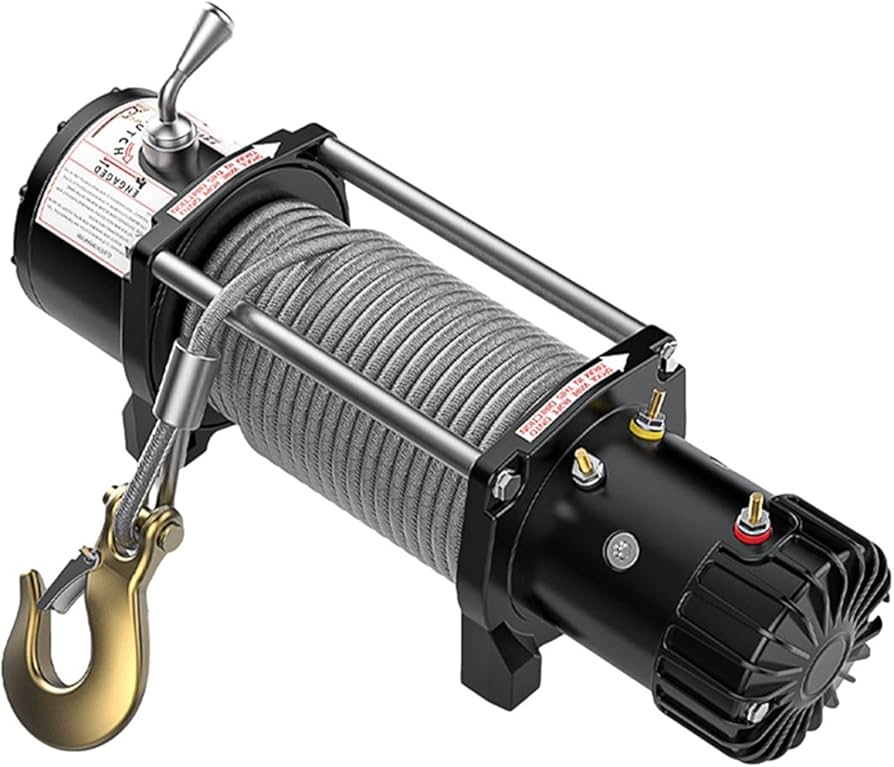Revolutionizing Lifting – The Future of Electric Hoists and Crane Kits Manufacturing
The manufacturing industry is undergoing a transformative shift, particularly in the realm of lifting solutions such as electric hoists and crane kits. As the demands for efficiency, safety, and sustainability increase, manufacturers are reimagining how these essential tools are designed and produced. At the forefront of this revolution is the integration of advanced technologies, such as automation, IoT Internet of Things, and smart materials, which are set to redefine the capabilities and functionalities of electric hoists and crane kits. One of the most significant trends in this sector is the rise of automation in manufacturing processes. Automated machinery not only enhances precision and reduces human error but also accelerates production rates. By implementing robotic systems, manufacturers can streamline the assembly of electric hoists and crane kits, ensuring consistent quality and reliability. These automated systems can operate continuously, thereby increasing output while simultaneously lowering labor costs. Moreover, this shift towards automation opens up opportunities for manufacturers to focus on research and development, fostering innovation that could lead to more advanced lifting solutions.
The incorporation of IoT technology is another pivotal aspect of this revolution. Electric hoists and crane kits equipped with IoT sensors can communicate real-time data regarding their operational status, load capacity, and maintenance needs. This connectivity allows operators to monitor equipment remotely, optimizing performance and preventing potential failures before they occur. Such predictive maintenance not only extends the lifespan of the equipment but also significantly reduces downtime, resulting in cost savings for businesses. By leveraging data analytics, manufacturers can gain insights into usage patterns, enabling them to make informed decisions about future product enhancements and service offerings. Additionally, the focus on sustainability is reshaping the landscape of polipasto eléctrico and crane kit manufacturing. Companies are increasingly adopting eco-friendly materials and energy-efficient designs to meet environmental regulations and consumer demand for greener products. For instance, the use of lightweight yet durable materials not only improves the efficiency of lifting operations but also minimizes the carbon footprint associated with production and transportation. Furthermore, manufacturers are exploring electric and hybrid power options that reduce reliance on fossil fuels, aligning with global efforts to combat climate change.
In response to the evolving needs of industries ranging from construction to logistics, customizability has become a key factor in the design of electric hoists and crane kits. Manufacturers are now offering modular systems that can be tailored to specific operational requirements, allowing businesses to maximize their lifting capabilities without the need for extensive reconfiguration. This adaptability ensures that clients receive solutions that are not only effective but also future-proof, capable of evolving alongside their operational demands. In conclusion, the future of electric hoists and crane kits manufacturing is poised for significant advancements driven by automation, IoT integration, sustainability, and customizability. As manufacturers embrace these innovations, they are not only enhancing the performance and efficiency of lifting solutions but also paving the way for a more sustainable and resilient industrial landscape. The revolution in lifting technology promises to empower businesses, ensuring they can meet the challenges of a rapidly changing world while maintaining the highest standards of safety and productivity.



